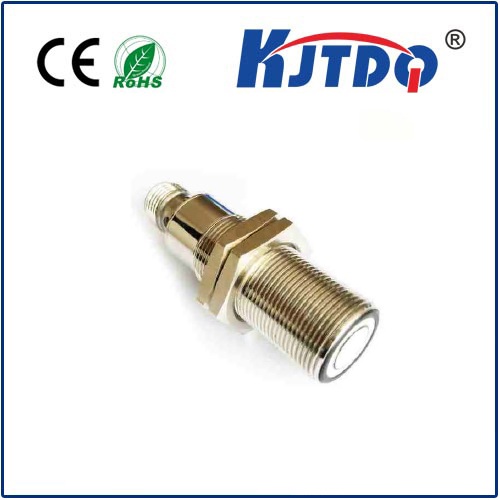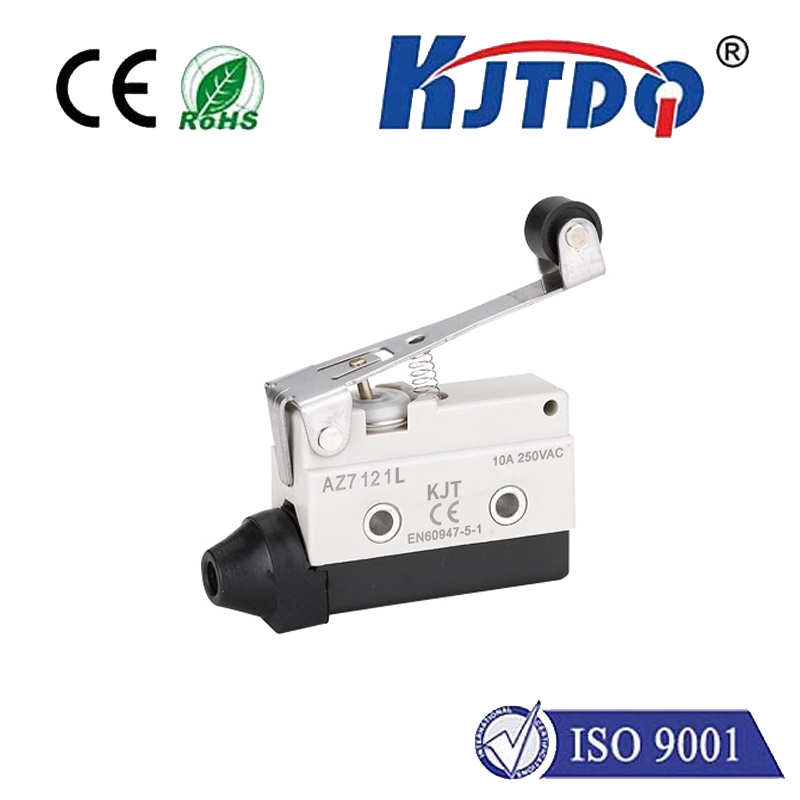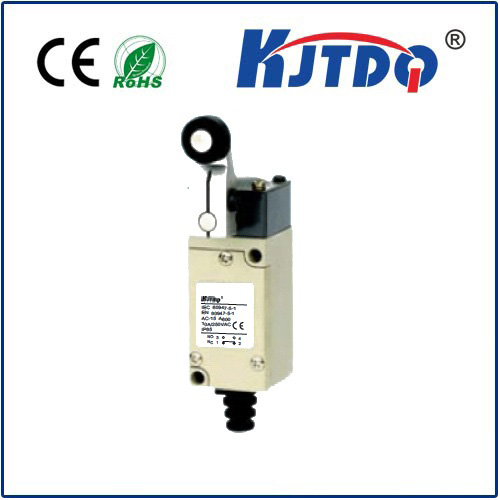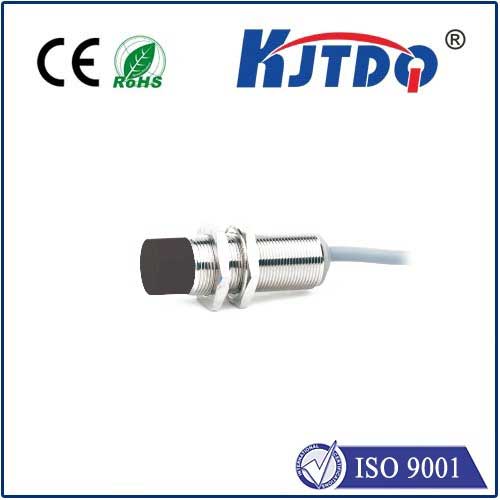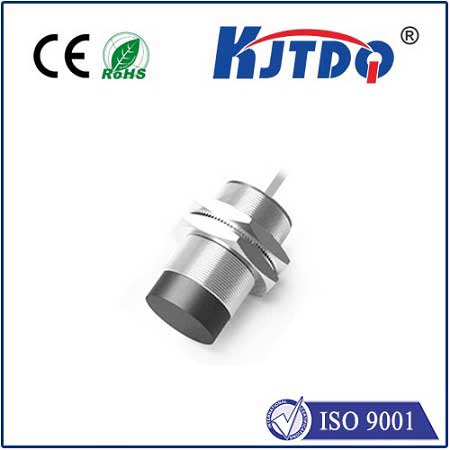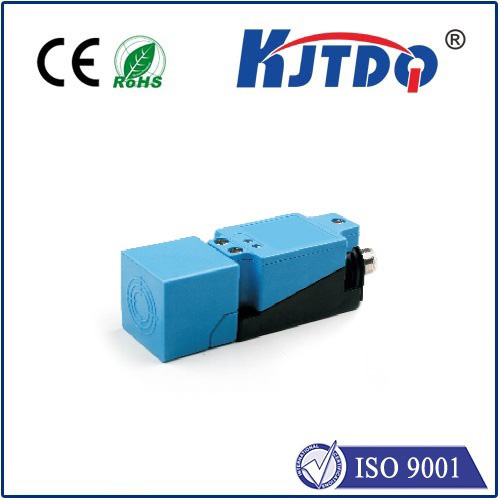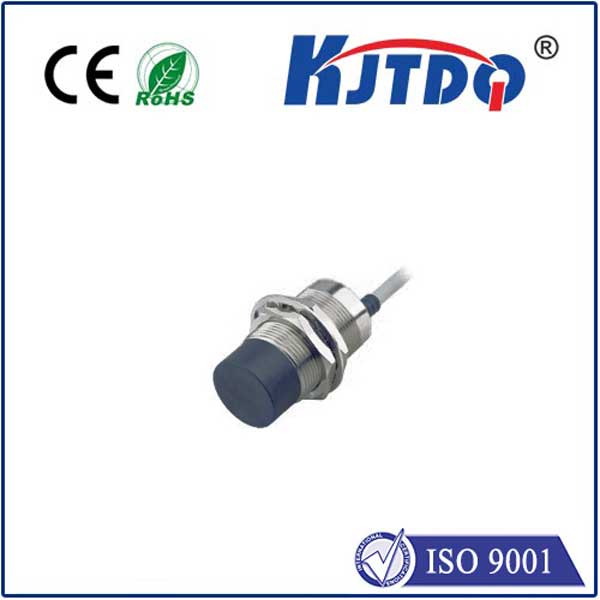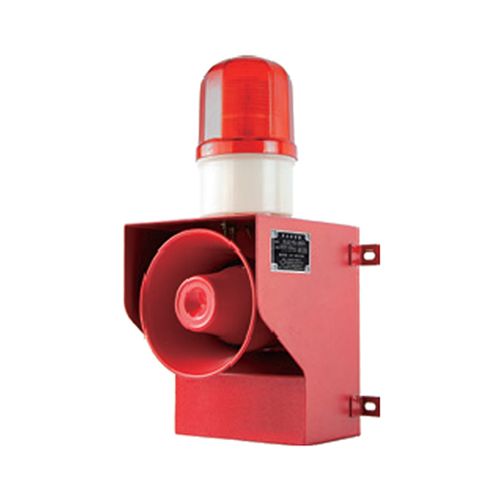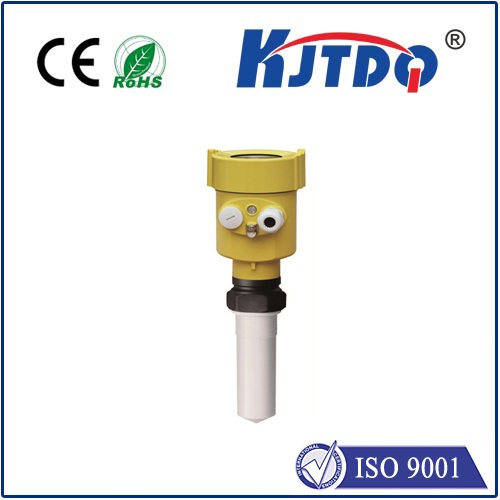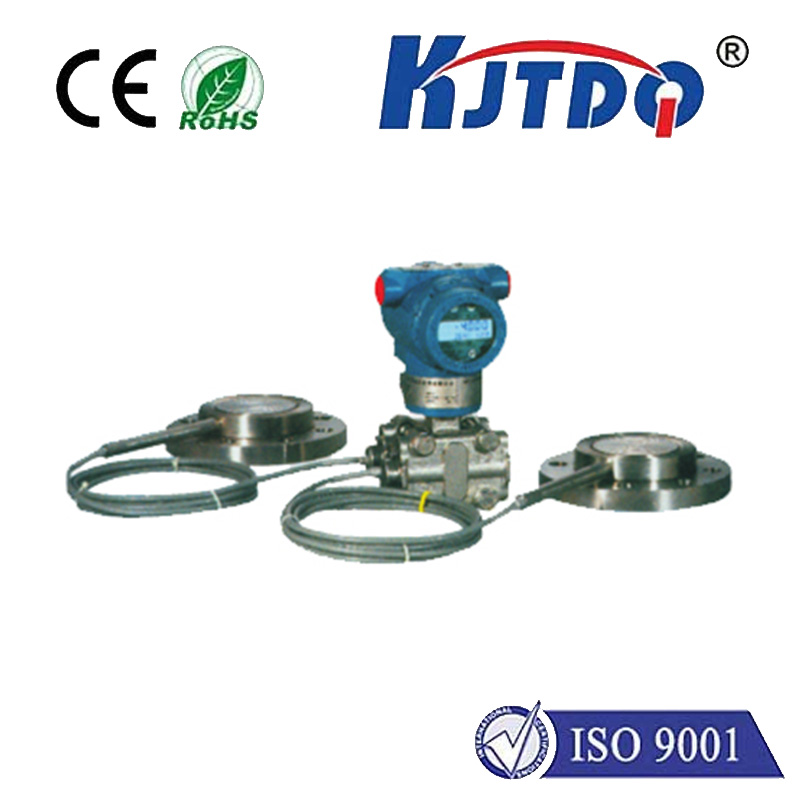BES01MN high pressure proximity sensor
- time:2025-10-16 12:56:57
- Click:0
BES01MN High Pressure Proximity Sensor: Reliability Where Pressure Peaks
Imagine a hydraulic press slamming shut, a massive forging hammer impacting metal, or the relentless pulse of deep-sea equipment. In these realms, standard sensors fail, crushed not just by force but by the invisible, crushing waves of high pressure. Equipment malfunctions, production halts, and safety risks become tangible threats. This is precisely the brutal environment the BES01MN High Pressure Proximity Sensor is engineered to conquer. It represents a critical tool in the industrial arsenal, built not just to sense, but to endure.
Understanding the Core: What is the BES01MN?
The BES01MN belongs to the family of inductive proximity sensors. Fundamentally, it detects the presence of metal objects without physical contact. It generates an electromagnetic field from its sensing face. When a metallic target enters this field, it causes measurable changes (like eddy currents), triggering the sensor’s switching output. This contactless operation is key to its longevity and reliability in harsh settings.
What sets the BES01MN sensor apart is its explicit designation for high-pressure environments. While many sensors function well under standard conditions, the BES01MN is specifically hardened against the intense static and dynamic pressure surges common in demanding industrial applications like hydraulics, pneumatics, heavy presses, and offshore drilling equipment.

Delving into Specifications: Built for the Brink
The robustness of the BES01MN isn’t accidental; it’s meticulously engineered. Key specifications and features underscore its suitability for high-pressure tasks:
- Unwavering Pressure Resistance: Its primary claim to fame. The sensor body and housing are constructed, typically using high-grade stainless steel or specialized pressure-resistant alloys, to withstand immense pressure without deformation, leakage, or internal component damage. This ensures reliable operation even amidst punishing pressure spikes.
- Robust Housing Design: Beyond pressure, the design often includes features integral to surviving industrial punishment. Expect high IP ratings (e.g., IP67, IP68, IP69K), signifying exceptional resistance to dust ingress and powerful water jets or temporary submersion. This is crucial in washdown environments or locations prone to splashes and flooding.
- Resilient Sensing Face: The crucial point where pressure is most directly applied. The sensing face is constructed from exceptionally durable materials like nickel-plated brass or specific robust polymers, engineered to resist deformation, corrosion, and wear caused by impacting media or high-pressure fluids.
- High Switching Frequency: Despite its ruggedness, the BES01MN maintains a respectable switching speed, allowing it to reliably detect fast-moving targets on machinery operating under high-pressure cycles.
- Electrical Connectivity: Designed for integration into tough industrial control systems. Common outputs include PNP N.O., NPN N.C., etc., with cable or connector variants (like M8 or M12 connectors) protected to match the sensor’s ingress protection rating.
- Temperature Tolerance: Engineered to perform consistently not just under pressure, but across a wide industrial temperature range, ensuring stability in hot foundries or cold outdoor installations.
Why “High Pressure” Matters: The BES01MN Advantage
Choosing a standard proximity sensor for a high-pressure application is inviting failure. The BES01MN proximity sensor directly addresses these critical failure points:
- Preventing Internal Collapse: Standard sensor housings can implode or deform under extreme pressure, destroying internal electronics. The BES01MN’s reinforced housing prevents this catastrophic failure.
- Eliminating Seal Breaches: High-pressure fluids relentlessly seek the weakest point. The specialized seals and housing integrity of the BES01MN are paramount to preventing fluid ingress that would short-circuit or corrode the sensor.
- Maintaining Sensing Accuracy: Pressure can distort the sensing field or physically move components in lesser sensors. The BES01MN’s rigid construction and pressure-resistant face maintain precise and consistent sensing distances.
- Ensuring Long-Term Reliability: The combination of pressure resistance, high IP rating, and robust materials translates directly into significantly extended service life and reduced downtime in punishing environments, offering a lower total cost of ownership despite potentially higher initial investment.
Critical Applications: Where the BES01MN Excels
The BES01MN finds its indispensable niche wherever proximity sensing meets punishing pressure:
- Hydraulic Systems: Monitoring cylinder positions, valve states, and component presence within high-pressure hydraulic power units, presses, and machinery where pressure can exceed hundreds or even thousands of bar.
- Pneumatic Systems (High Pressure): Detecting piston positions in high-force pneumatic cylinders or valves in systems operating under significantly elevated air pressure.
- Die Casting & Forging: Providing position feedback on molds, platens, and rams in machines subjected to immense tonnage and associated pressure surges during operation.
- Offshore & Marine: Critical for position sensing on winches, valve actuators, and subsea equipment where high ambient water pressure and hydraulic systems converge.
- Heavy Presses & Stampings: Detecting tooling positions accurately despite the massive forces and pressure fluctuations inherent in these processes.
- Mining & Heavy Equipment: Position sensing on excavator arms, hydraulic lifts, and drilling equipment exposed to high-pressure hydraulics and harsh external conditions.
- Chemical & Process Industries: Monitoring valves and actuators within high-pressure pipelines and vessels, especially where resistance to both pressure and potentially corrosive media is required.
Choosing and Deploying Effectively
Selecting the right high pressure proximity sensor demands careful consideration beyond just pressure rating:
- Pressure Rating: Confirm the sensor’s maximum pressure rating exceeds the peak pressure (including potential spikes/surges) expected in your application. Never operate near the absolute limit; incorporate a safety margin.
- Temperature Range: Ensure the sensor’s specified temperature range encompasses the operating environment’s extremes.
- Chemical Compatibility: If exposed to oils, coolants, solvents, or seawater, verify the housing and sensing face materials are resistant to degradation or corrosion from these specific substances.
- Sensing Range & Target Material: Choose a model with sufficient sensing distance for your setup and ensure compatibility with the target metal type (steel, stainless steel, aluminum, etc.). Inductive sensors are less sensitive to non-ferrous metals.
- Electrical Requirements: Match the output type (PNP/NPN, NO/NC), voltage rating, and connection type to your control system.
- Mounting: Ensure the sensor can be securely mounted in the available space using correct brackets or threaded mounts. Avoid side-loading or excessive vibration that could compromise seals or housing integrity over time, even if pressure-resistant.
- Protection Rating (IP): Select an IP rating appropriate for the environmental hazards beyond pressure – dust, water, steam, or washdown procedures.
Maximizing Performance and Longevity
- Secure Mounting: Ensure the sensor is mounted firmly and correctly aligned with the target path. Vibration can be a secondary enemy; proper mounting mitigates this.
- Avoid Over-tightening: When using threaded housings, follow torque specifications precisely. Over-tightening can damage threads or distort seals, compromising pressure resistance.
- Cable Management: Protect the sensor cable from abrasion, crushing, excessive bending (observe minimum bend radius), and chemical exposure. Use conduits or cable carriers where necessary.
- Environment: While built tough, avoid unnecessarily exposing the sensor to excessive heat sources beyond its rating, strong acids/bases incompatible with its materials, or direct high-velocity abrasive blasts unless specifically rated for it (IP69K covers high-pressure, high-temperature washdowns).
The BES01MN high pressure proximity sensor is not






